Ackee is a fruit that’s as mysterious as it is famous in the Caribbean. It’s loved by many but comes with a big question: Can you eat ackee raw? This isn’t just any fruit; it’s one that needs special attention. In this post, we’ll dive into what makes ackee special and how to enjoy it without worry.
Eating the wrong part of ackee or eating it too soon can be risky. But don’t let that scare you away! We’re here to guide you through the steps to identify the good from the bad. With our help, you’ll be able to prepare ackee the right way and explore some tasty recipes that bring out its best. So, let’s get started and unlock the secrets of ackee together!
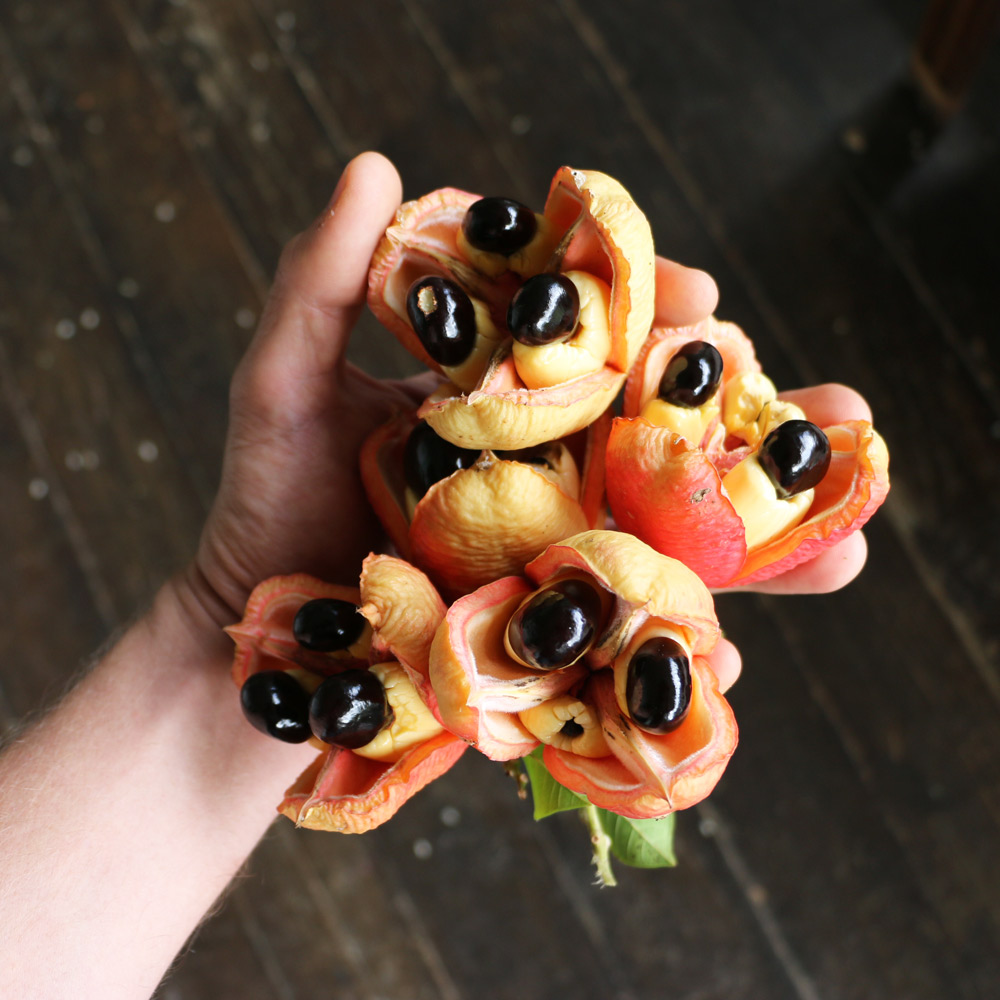
What Is Ackee?
Ackee is a fruit that’s really special in places like Jamaica. It’s not like apples or bananas that you can just pick up and eat. Ackee has to be treated with care. It’s got a bright red color when it’s not ready to eat, and it turns yellow to orange when it is. The fruit splits open on its own when it’s ripe, and that’s when you know it’s safe to think about eating.
Inside the ackee, there are three big black seeds, and around them is the yellow part you can eat. This yellow part is called the “arilli,” and it’s the only part of the ackee that’s safe to eat. The rest of the fruit, including the seeds and the red part, is not good for you.
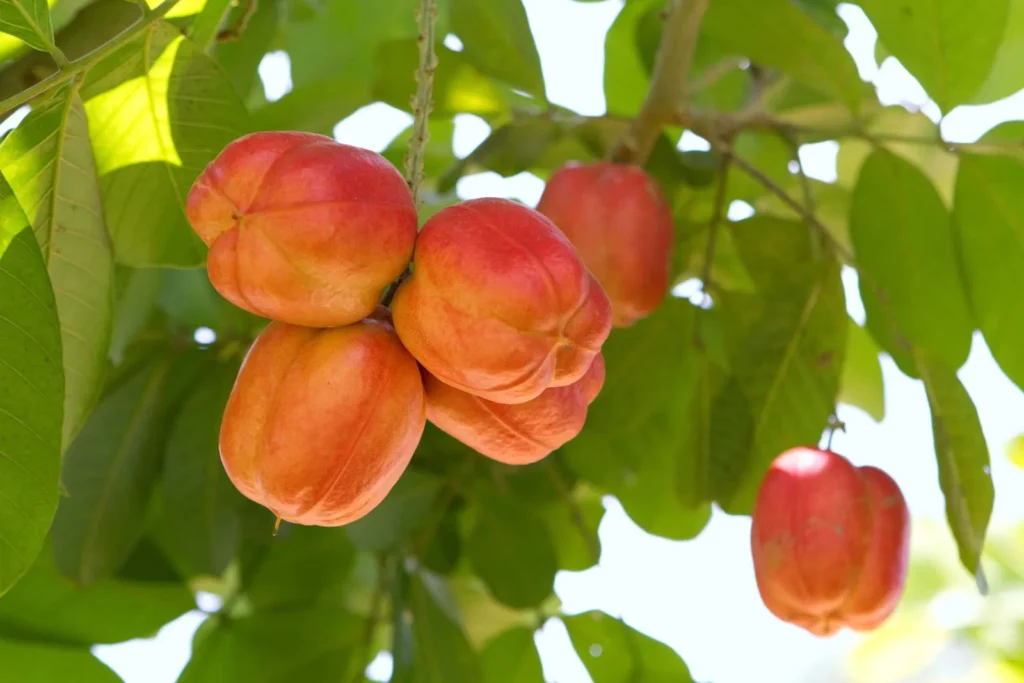
People in the Caribbean love ackee. They mix it with saltfish, which is a type of fish that’s been salted and dried. Together, they make a dish that’s really popular for breakfast. But ackee isn’t just for breakfast; you can eat it in lots of different ways, as long as it’s cooked.

So, remember, ackee is a fruit that needs to be ripe and cooked before you eat it. It’s a big part of the food in the Caribbean, and when it’s ready, it’s delicious and safe. But if it’s not ripe or if you try to eat it raw, it can make you very sick. That’s why it’s so important to know all about ackee before you try it.
The Dangers of Raw Ackee
When it comes to ackee, there’s something really important you need to know: not all parts of the fruit are safe to eat, and you definitely can’t eat it raw. The danger comes from a toxin called hypoglycin A. This is found in the unripe ackee fruit, and it’s not something you want to mess with.

What Is Hypoglycin A?
Hypoglycin A is a substance that can make you very sick. If you eat ackee that’s not ripe, or if you eat the wrong parts, this toxin can get into your body. It can cause something called “Jamaican Vomiting Sickness,” which is as bad as it sounds. You might feel really sick to your stomach, throw up a lot, and feel weak or dizzy.
Symptoms to Watch Out For
If someone eats raw ackee, they might start feeling sick pretty quickly. Here are some signs that something’s not right:
- Stomach pain that doesn’t go away
- Vomiting that keeps happening
- Feeling super tired and weak
- Confusion or trouble thinking clearly
If you or someone you know has these symptoms after eating ackee, it’s really important to get help from a doctor right away.
Keeping Safe
So, how do you stay safe with ackee? The key is to wait until it’s fully ripe and then cook it properly. The ripe ackee will open up all by itself, showing that it’s ready. And remember, only the yellow part is good to eat – never the seeds or the red parts.
Ackee can be a tasty treat, but only if you treat it with respect and know how to handle it. By understanding the dangers of raw ackee and how to avoid them, you can enjoy this unique fruit without any worries.
How to Identify Safe Ackee?
Knowing when ackee is safe to eat is super important. You can’t just guess; you have to be sure. Here’s how you can tell when Ackee is ready and safe:
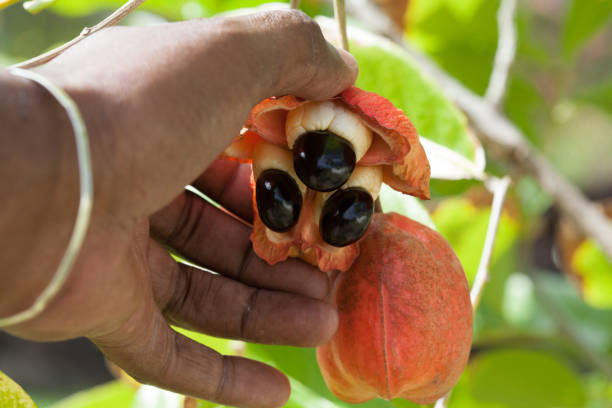
Wait for Nature’s Signal
The ackee fruit will tell you when it’s safe. When it’s ripe and ready, it opens up all by itself. It’s like the fruit is saying, “I’m ready to eat!” The pods turn from bright red to a yellow-orange color, and they split open. This is nature’s way of letting you know the ackee is good to go.
Color and Texture Are Key
Safe ackee has a specific look. The fruit that’s ready to eat will be soft to the touch and have a creamy yellow color. It’s not hard or green; that means it’s not ripe yet. And remember, only the soft, yellow parts are okay to eat. The seeds and the red parts are a no-go.
The Right Way to Pick Ackee
When you’re picking ackee, never force it open. If it’s not opening on its own, it’s not ready. You want to pick the ackee that has opened naturally. This is the best way to make sure you’re getting the safe part of the fruit.
Preparing Ackee for Consumption
Once you’ve found an ackee that’s ripe and ready, the next step is to prepare it for eating. This part is really important because it makes sure the ackee is safe to eat. Here’s a step-by-step guide to get your ackee from the tree to the table:

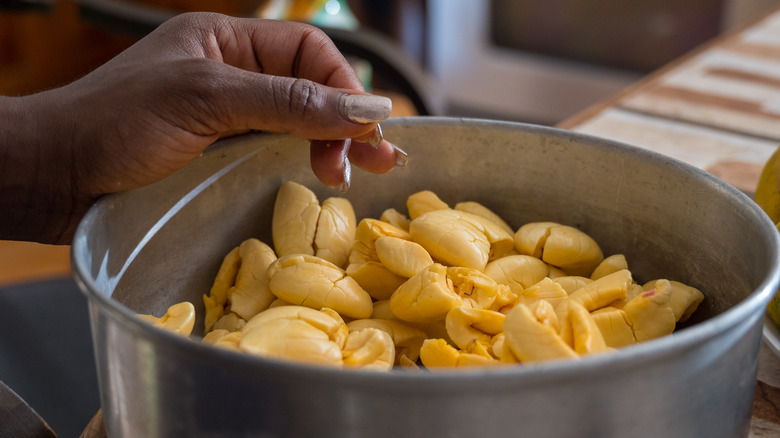

Step 1: Picking the Right Ackee
- Only pick an ackee that has opened on its own.
- The ackee should be yellow and soft to the touch.
Step 2: Cleaning the Ackee
- Wash the ackee pods with clean water.
- Make sure you get rid of any dirt or little bugs that might be on them.
Step 3: Removing the Edible Parts
- Carefully take out the yellow arilli, which is the only part you can eat.
- Stay away from the black seeds and the red parts—they’re not safe.
Step 4: Cooking the Ackee
- Boil the yellow ackee parts in water for about 20 minutes.
- This cooking step is super important because it gets rid of any bad stuff that might still be in the ackee.
Step 5: Draining and Rinsing
- After boiling, pour out the hot water.
- Rinse the ackee with cool, clean water to make sure it’s totally safe.
Step 6: Ready for Recipes
- Now, the ackee is ready to be added to any recipe you like.
- It’s usually mixed with other ingredients to make a tasty dish.
By following these steps, you can enjoy ackee safely. Remember, the key is to make sure it’s ripe and to cook it well. That way, you can have a delicious meal without any worries.
Delicious and Safe Ackee Recipes
Now that you know how to prepare ackee safely, it’s time to get cooking! Ackee can be turned into some really yummy dishes. Here are a couple of simple recipes that are both safe and delicious:
Ackee and Saltfish: The Classic
- Start by sautéing some onions, garlic, and bell peppers in a pan.
- Add your pre-cooked ackee to the pan and stir gently.
- Mix in some flaked saltfish that’s been soaked and boiled to remove excess salt.
- Season with black pepper and a pinch of thyme.
- Serve hot with some traditional Caribbean dumplings or bread.
Vegetarian Ackee Stir-Fry
- Heat up some oil in a pan and toss in chopped onions, carrots, and sweet peppers.
- Once they’re soft, add the pre-cooked ackee.
- Stir in some soy sauce and a sprinkle of all-purpose seasoning.
- Cook until everything is heated through, and serve with rice or as a filling for wraps.


Final Analysis
Ackee is a fruit full of surprises. It’s not just a food; it’s a journey of discovery. From knowing when it’s safe to eat to preparing it just right, ackee teaches us patience and care. We’ve learned that eating it raw is a no-no, but when it’s ripe and cooked, it’s a yes-yes!
In this post, we’ve walked through the steps to make sure your ackee is safe. We’ve shared recipes that turn this unique fruit into delicious meals. And most importantly, we’ve shown that with a little knowledge, you can enjoy ackee without any worries.
So, next time you see ackee, remember what you’ve learned here. Wait for it to open, cook it well, and then enjoy the taste of the Caribbean safely. Ackee might just become your new favorite fruit!
Disclosure: Our blog contains affiliate links to products. We may receive a commission for purchases made through these links. However, this does not impact our reviews and comparisons. We try our best to keep things fair and balanced, in order to help you make the best choice for you.

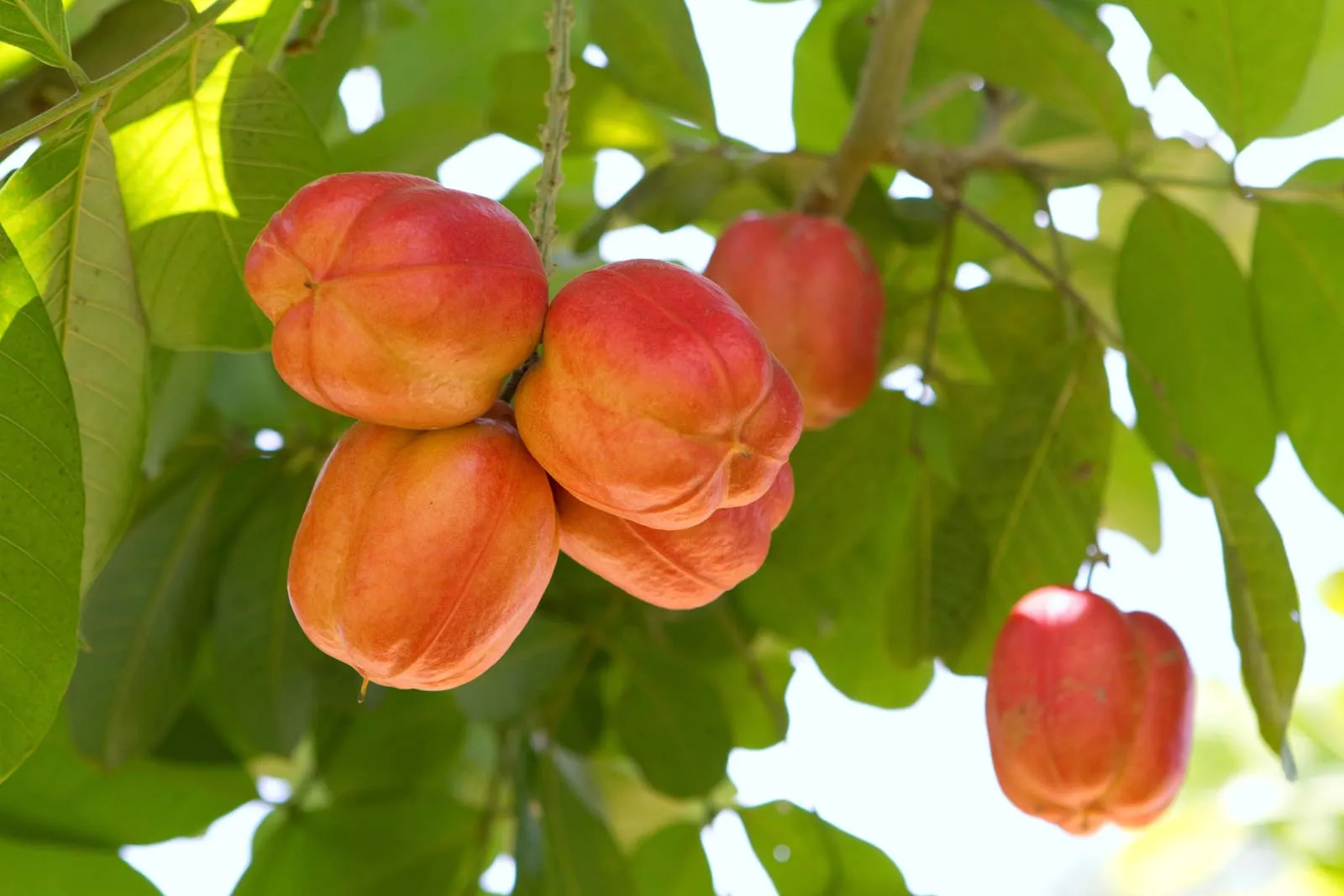
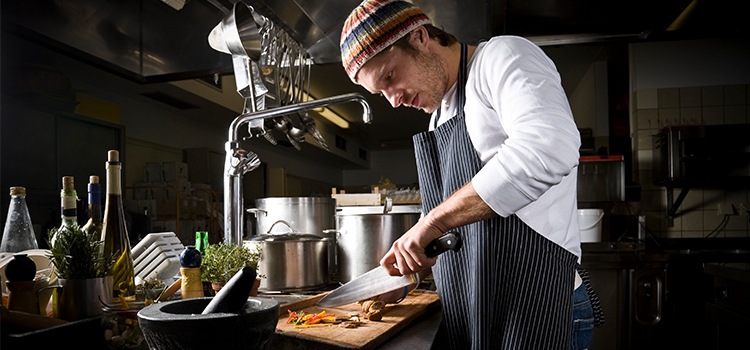
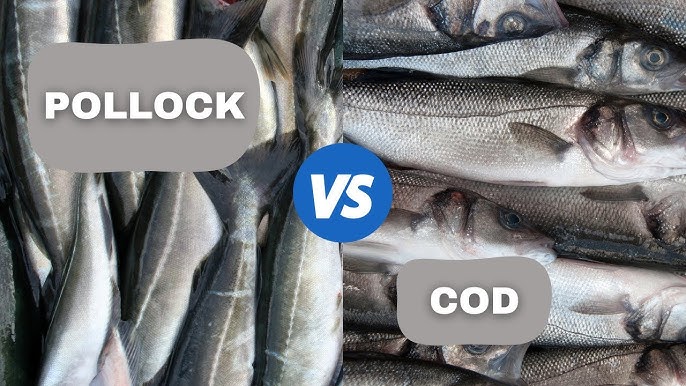

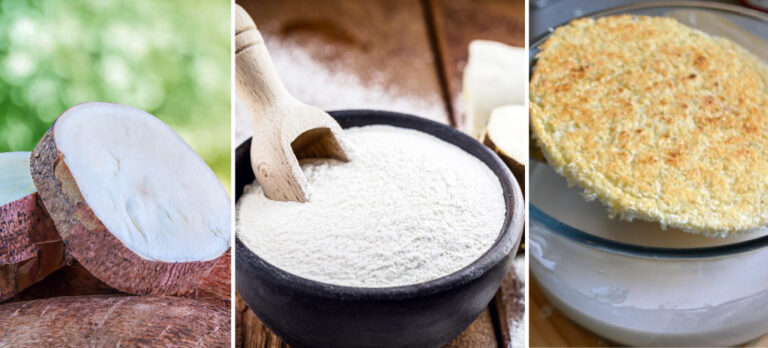
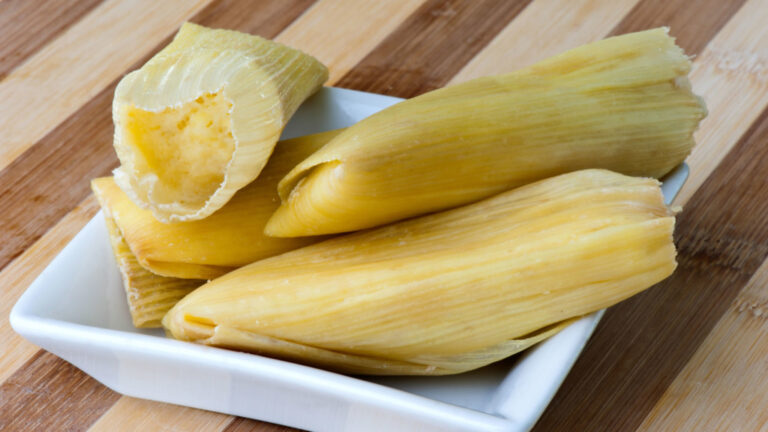
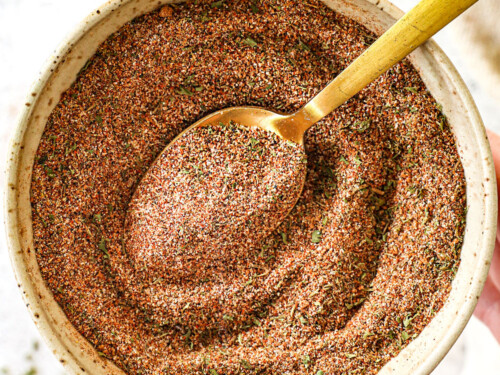
One Comment